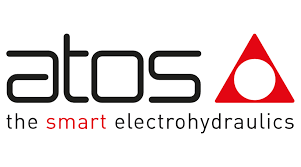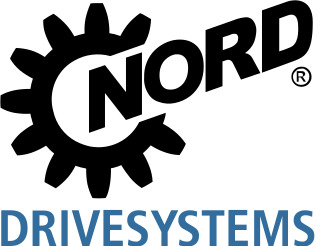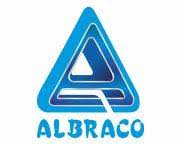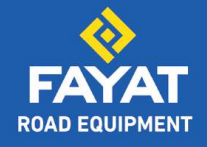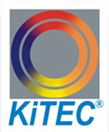Wayanad landslide victims to get sustainable township: ULCCS
By Staff Report | March 13, 2025 1:44 pm SHARE
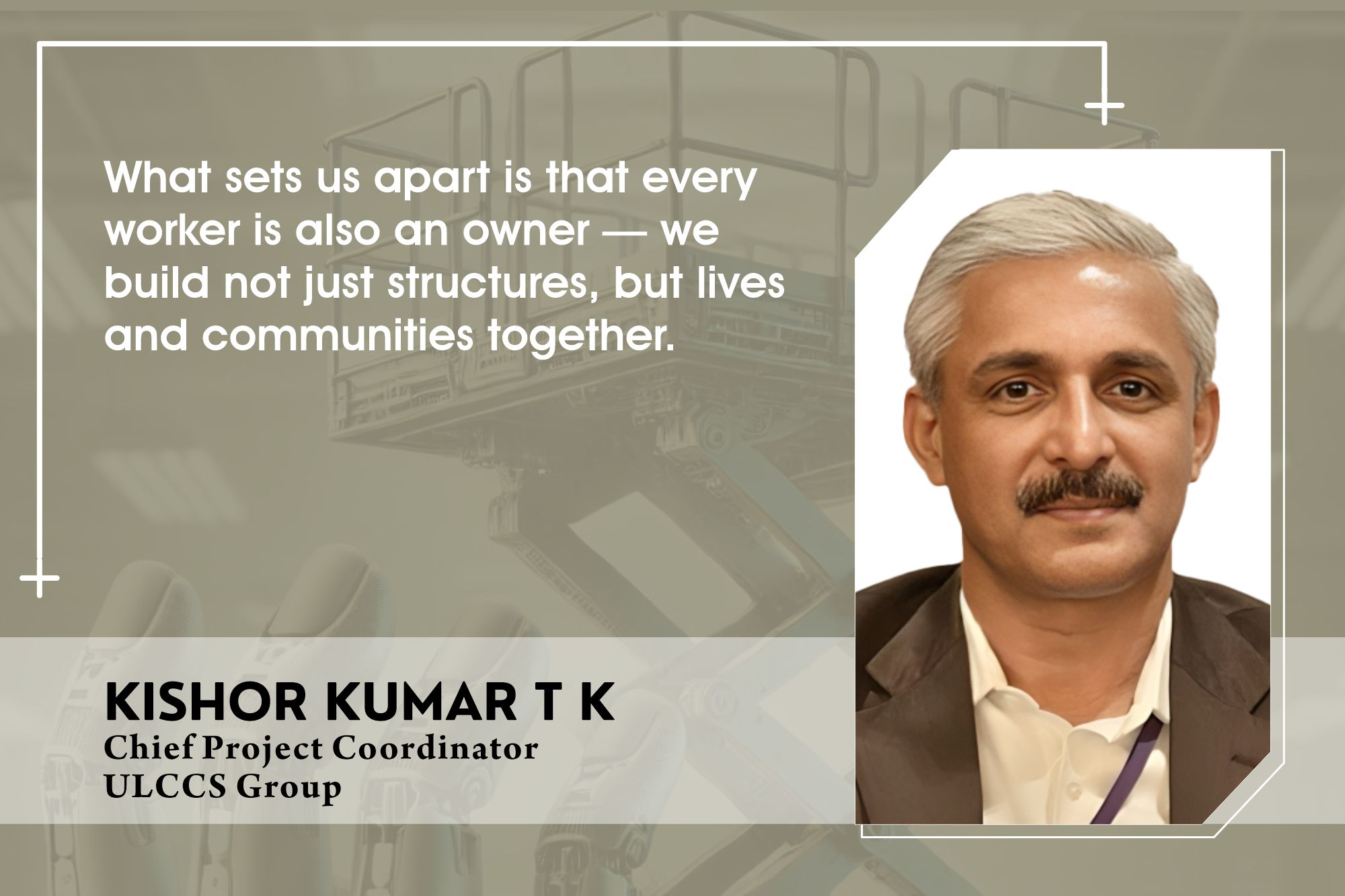
Kishor Kumar T K, Chief Project Coordinator of ULCCS, shares the fascinating journey of the Uralungal Labour Contract Co-operative So. This century-old labour co-operative started with 14 members and 6 rupees. Today, ULCCS stands tall as a pioneer in large-scale infrastructure and technology projects, driven by a unique worker-ownership model.
Please briefly tell us the story behind ULCCS.
The Uralungal Labour Contract Co-operative Society (ULCCS) is a labour co-operative in India, established under the Co-operative Act in 1925, during the British era. Initially, it was started with a capital of only 6 rupees and 14 founding members. The inception came about as one of our founders, Shri Vagbhadananda, helped guide and inspire the youth in the North Malabar region to form a labour contract co-operative society. Traditionally, labour contractors take on projects and complete them, but in our case, the workers are the co-operative’s owners. This sets us apart from private companies or individual contractors, where the profits and losses are shared solely among the co-operative members. Our members are emotionally invested in the projects, striving to meet high ambition levels and ensuring the co-operative’s success.
How did the co-operative evolve over the years regarding the projects you handle?
We started with small-scale projects like constructing simple Kacha roads, but now we’ve grown to handle large-scale projects such as working with the National Highways Authority of India (NHAI). One significant example is our work on Package 1 of Kerala’s 16 National Highway projects. This package connects Karnataka and Kerala in 39 kilometres, with a project cost of around 1,700 crores. We secured this project in a highly competitive bidding process, competing against giants like Adani and Mecca Concessions. We’re proud to be the only co-operative in India currently working with the NHAI and the Ministry of Road Transport and Highways, highlighting our capacity to handle significant infrastructure projects.
What makes your co-operative’s structure different from that of traditional contractors or private companies?
The key difference between us and a private contractor is ownership and profit distribution. In private companies, the profits go to a few individuals or a family, while in a co-operative like ours, all the workers are the owners. Profits are shared equally among members, and any losses are also shared. Additionally, because everyone is an owner, there’s a strong sense of dedication and passion for our projects. Members aren’t just working for wages—they’re emotionally invested in the co-operative’s success. This co-operative model has been pivotal in ensuring high-quality output, as members are both workers and beneficiaries of the profits.
What are some of your co-operative’s major diversification efforts?
One of the most notable examples of diversification is our Cyber Park, the world’s first Special Economic Zone (SEZ), and a co-operative established it. We house around 43 IT companies, with approximately 2,700 people employed here. The park is currently expanding and has successfully created technology solutions that work with government and private clients. For instance, one of our major achievements is completing the digitisation of the Kerala State Assembly, making it the second paperless legislative assembly in India.
We have verticals in arts and crafts, such as the Sargaalaya Arts and Crafts Village in Kozhikode and another craft village in Thiruvananthapuram. These projects have revitalised abandoned granite quarries and turned them into thriving hubs for rural tourism, attracting around 300,000 to 400,000 visitors annually. Sargaalaya was recognised by the Government of India in 2017 as a model rural tourism project.
Could you elaborate on your co-operative’s role in boosting the local economy through such initiatives?
Projects like the Sargaalaya Arts and Crafts Village are prime examples of how we’ve used abandoned granite quarries to create a space that fosters rural tourism and supports local artisans. In addition to promoting local craftsmanship, we host annual festivals that draw large crowds, benefiting the local economy. Furthermore, we strongly focus on infrastructure development through our Indian Institute of Infrastructure Construction (IIIC) in Kollam district. This world-class facility, associated with institutions like the National Skill Development Corporation (NSDC) and international universities such as Glasgow and Arizona State University, offers skills and training programs to enhance the local workforce’s abilities.
What are some of your co-operative’s key contributions to technology and innovation?
Our co-operative has been at the forefront of integrating technology into various sectors. We established UL Technology Solutions, which works with both government and private sectors and has completed notable projects such as the digitisation of the Kerala State Assembly. This project involved creating a paperless assembly system, making it only the second such assembly in India. Furthermore, we have a state-of-the-art material testing laboratory called Metal Lab in Kozhikode. This lab is one of the largest in South India and uses cutting-edge technology to test building materials, ensuring quality control across various projects.
Could you explain the advantages of your co-operative as a member of the International Co-operative Alliance (ICA)?
Being the only co-operative society in India with ICA membership doesn’t provide us with special operational privileges, but it offers recognition and credibility. On a more local level, the Kerala government gives us some preferences, such as when we bid for projects. However, the real advantage lies in how we operate, following all laws and ensuring that our members are well cared for. We prioritise the well-being of our members by offering wages, bonuses, and other benefits that align with government standards. This co-operative model, where workers are the owners, allows us to ensure that profits and losses are shared equally, fostering a sense of belonging and dedication among all members.
Could you explain how your co-operative approaches project management and coordination with various stakeholders, including PC contractors and equipment providers?
Our project management strategy is built on the concept of integrated solutions. We function as a one-stop solution provider for every phase of the construction process. Our team encompasses professionals from diverse fields, including surveyors, geotechnical experts, designers, architects, structural engineers, and maintenance teams. This integrated structure allows us to coordinate efficiently with all project stakeholders.
When working with PC contractors and equipment providers, we maintain a transparent and structured procurement process that follows all legal and ethical guidelines. This process ensures we obtain the best resources available while fostering long-term partnerships with suppliers. Our experience and reputation enable us to negotiate favourable terms and maintain high standards across all operations. Ultimately, this integrated and collaborative approach ensures that every project is executed precisely, on time, and within budget.
How does your team plan to ensure the Wayanad landslide rehabilitation project sets a benchmark for sustainable township development?
One of our current major projects is the Wayanad landslide rehabilitation and township development initiative. In response to a tragic landslide event, our co-operative was immediately approached by government officials, including the Chief Secretary and local District Collectors, to assist with the rehabilitation of affected communities. Our team, well-trained in managing such emergencies, promptly undertook a comprehensive survey and preliminary design for a township model to provide sustainable housing and community facilities for the victims.
Sustainability is a core element of this project. We are collaborating with various stakeholders, including experts from the United Nations and academic institutions like IITs and NITs, to ensure that the design and construction meet current needs and are resilient to future challenges. Our goal is to create a living environment that offers long-term benefits to the community, providing safe housing, green spaces, and modern infrastructure that will stand the test of time.
For more information, visit: https://ulccsltd.com/home
Cookie Consent
We use cookies to personalize your experience. By continuing to visit this website you agree to our Terms & Conditions, Privacy Policy and Cookie Policy.





















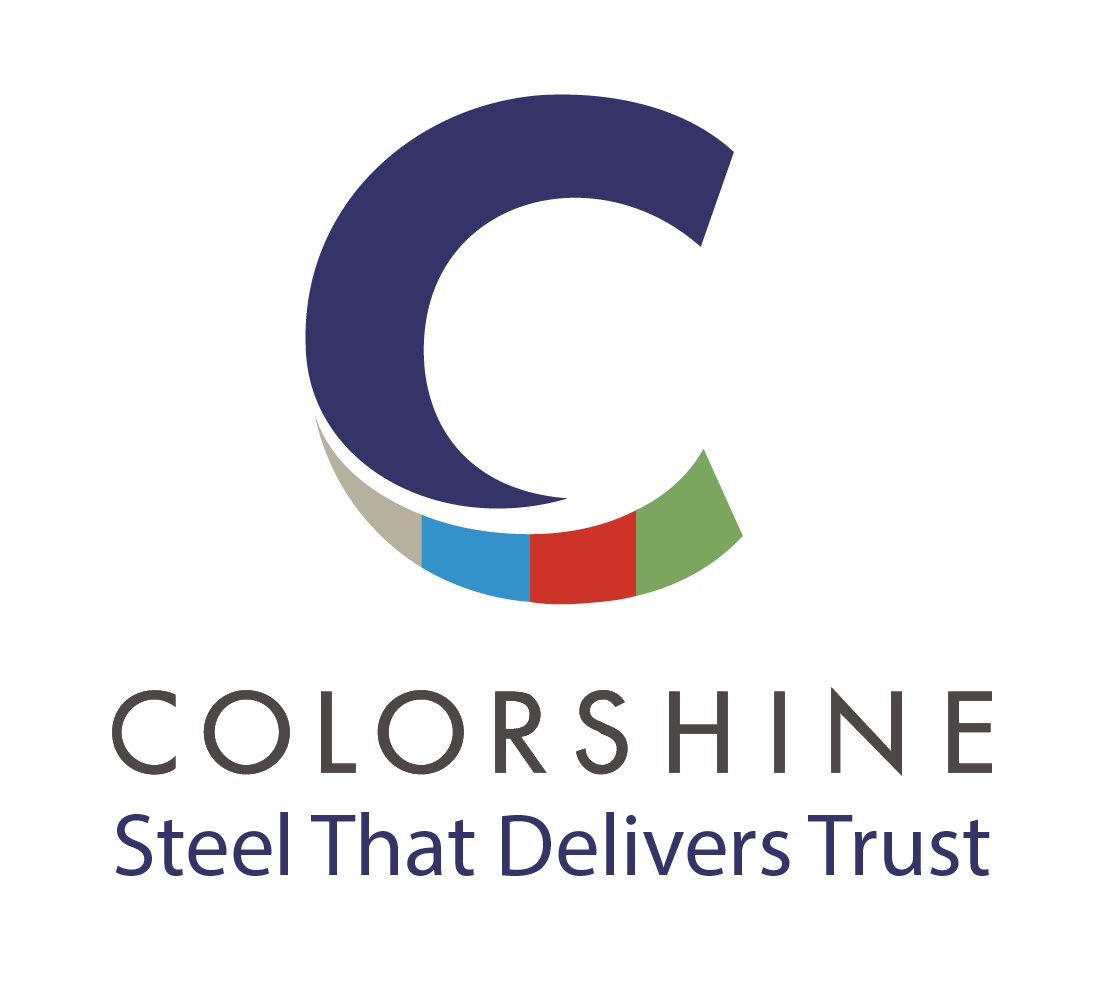











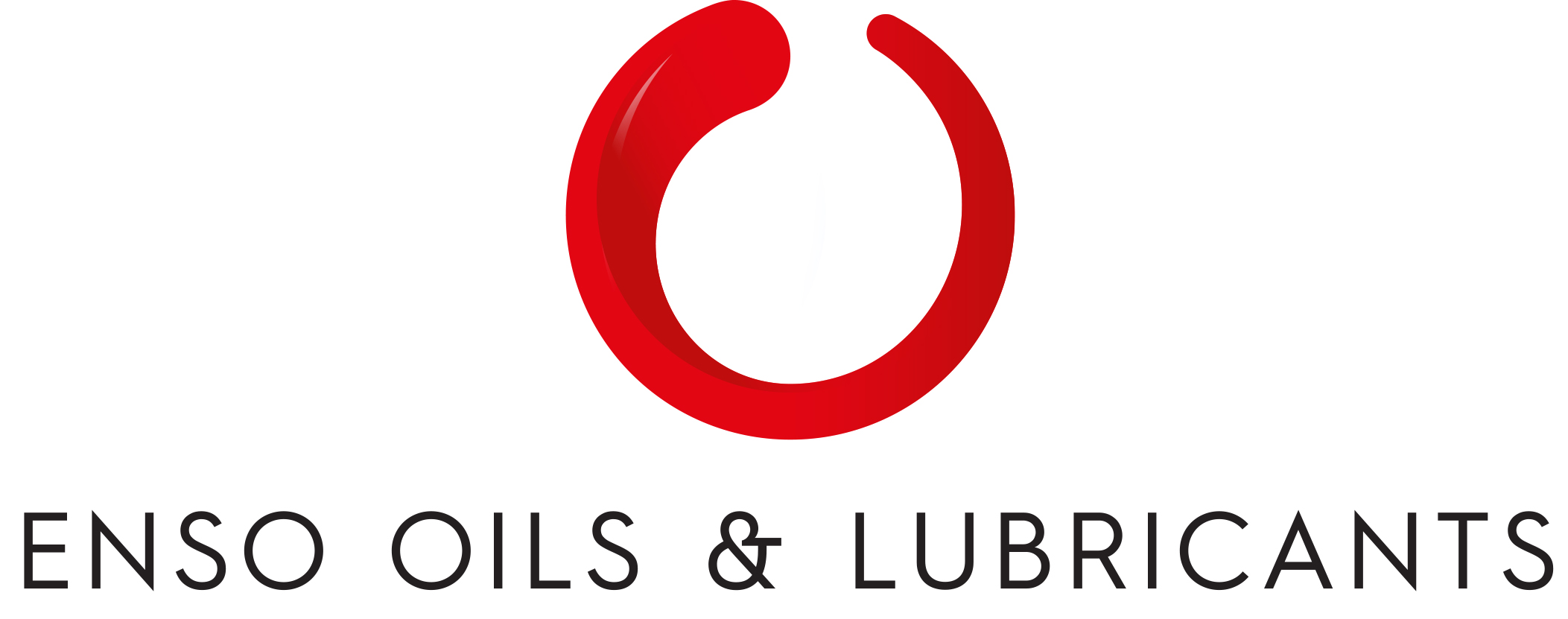


-20240213125207.png)


